Optimal Timing for Yard Drainage Projects
Yard drainage projects are most effective when performed during specific times of the year to ensure optimal soil conditions and proper settling. Proper timing can prevent future issues such as erosion, standing water, and foundation damage. Understanding seasonal weather patterns and soil moisture levels is essential for choosing the ideal window for drainage installation.
Spring offers moderate soil moisture levels and rising temperatures, making it suitable for yard drainage projects before heavy summer rains.
Late summer and early fall provide drier soil conditions, allowing proper installation and settling before winter.
Winter is generally unsuitable due to frozen soil, which hampers excavation and installation efforts.
Timing projects after heavy rains can help assess drainage needs but may require waiting for soil to dry before installation.

Ways to make Yard Drainages work in tight or awkward layouts.

Popular materials for Yard Drainages and why they hold up over time.

Simple add-ons that improve Yard Drainages without blowing the budget.
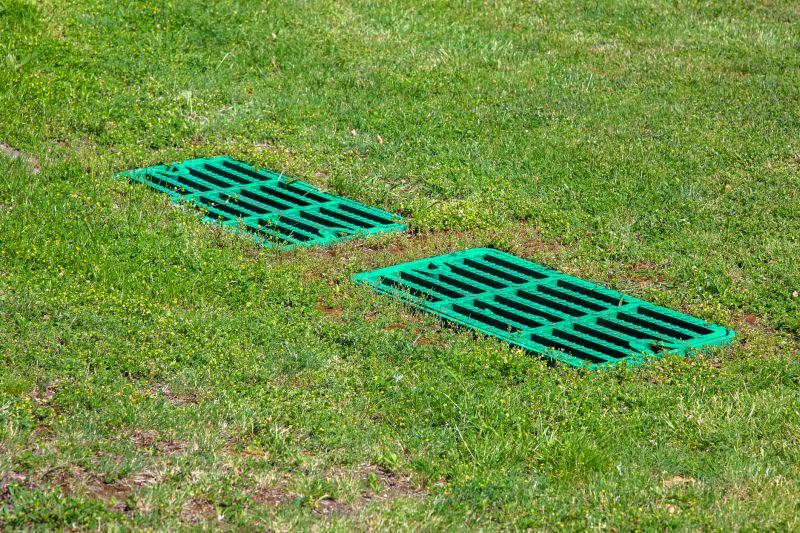
High-end options that actually feel worth it for Yard Drainages.
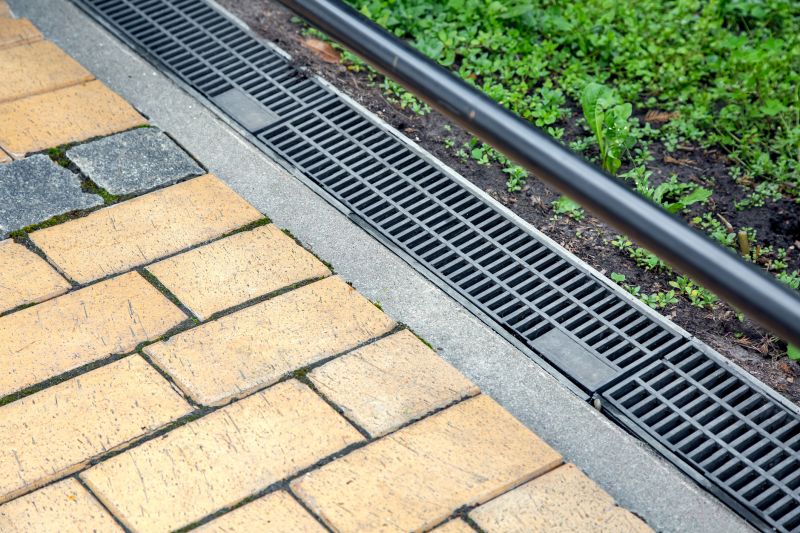
Finishes and colors that play nicely with Yard Drainages.
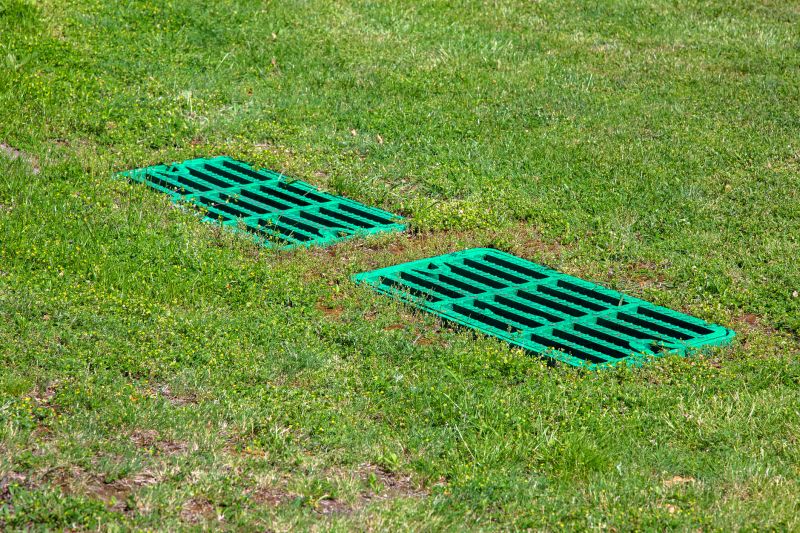
Little measurements that prevent headaches on Yard Drainages day.
Yard drainages are essential for managing excess water, preventing erosion, and protecting property foundations. Proper drainage systems include components such as French drains, surface drains, and downspout extensions. Effective drainage reduces water pooling, which can damage lawns, gardens, and structures. Installing drainage systems at the right time ensures better soil integration and long-term performance.

A 60-second routine that keeps Yard Drainages looking new.
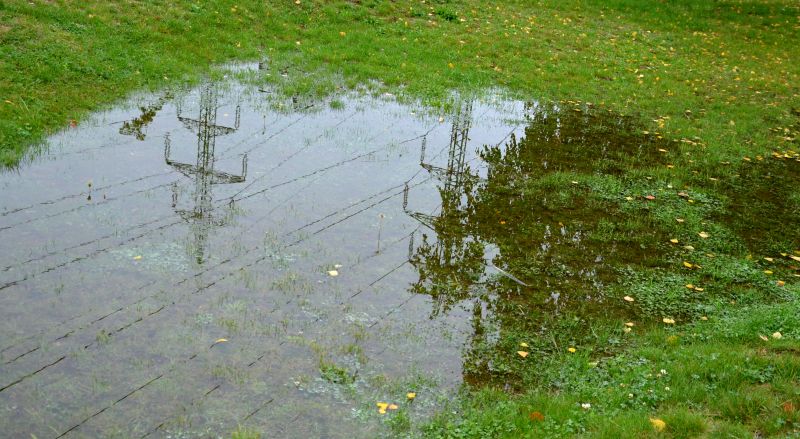
A frequent mistake in Yard Drainages and how to dodge it.
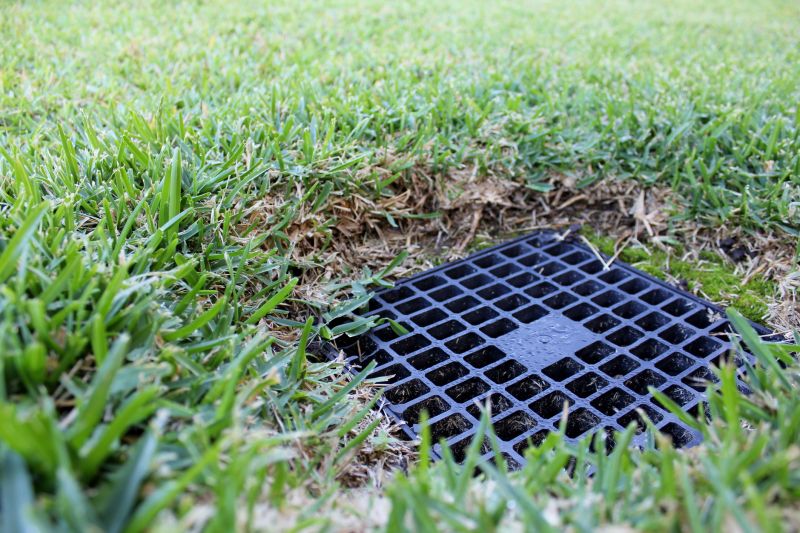
Small tweaks to make Yard Drainages safer and easier to use.
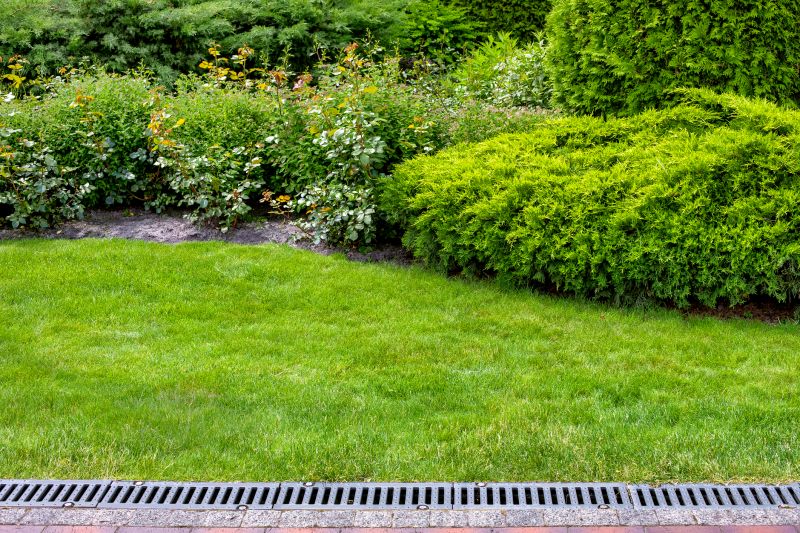
Lower-waste or water-saving choices for Yard Drainages.
| Season | Ideal Conditions |
|---|---|
| Spring | Moderate soil moisture, rising temperatures, before heavy rains |
| Late Summer/Early Fall | Drier soil, cooler temperatures, before winter |
| Winter | Generally unsuitable due to frozen soil |
| Post-Rain | After heavy rains, when soil begins to dry |
Timing yard drainage projects carefully can lead to more effective installation and longer-lasting results. Proper planning considers local climate, soil conditions, and seasonal weather patterns. Consulting with drainage specialists can help determine the optimal period for a specific property, ensuring efficient water management and protection against water-related damages.
Interested in improving yard drainage? Filling out the contact form can provide more information and assistance tailored to specific needs and property conditions.
